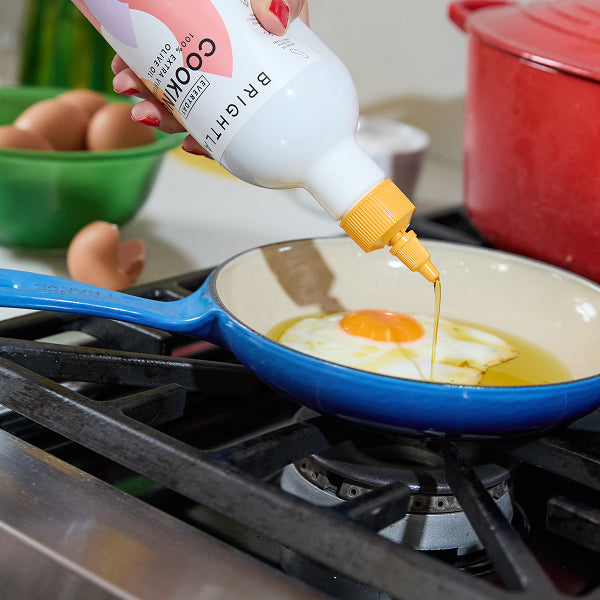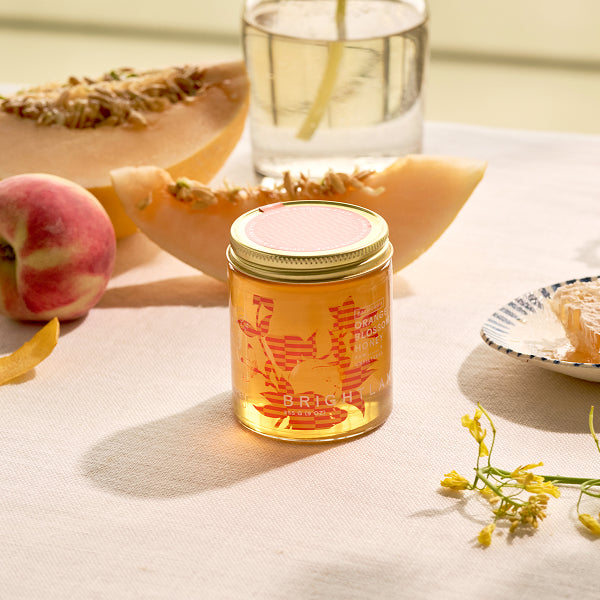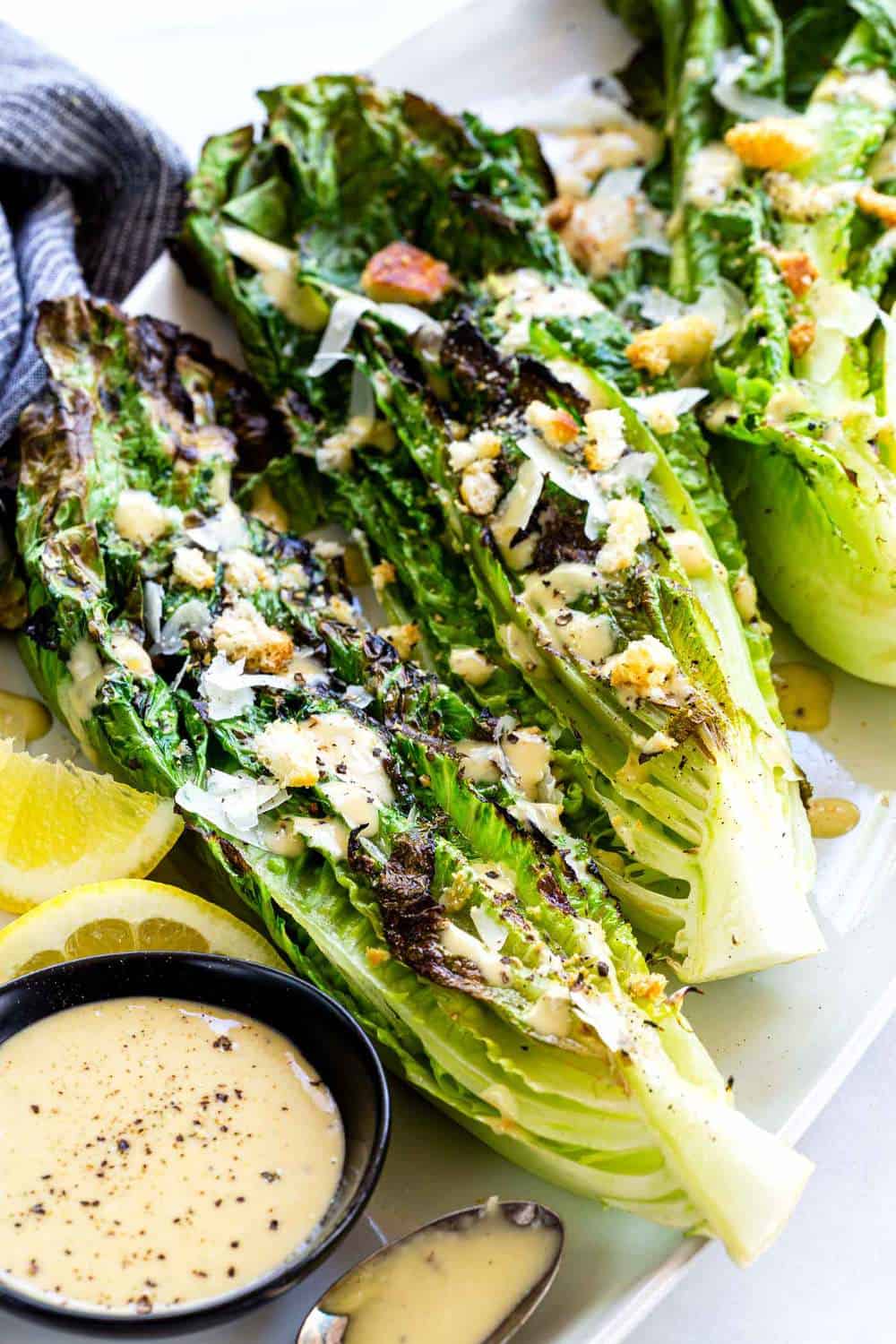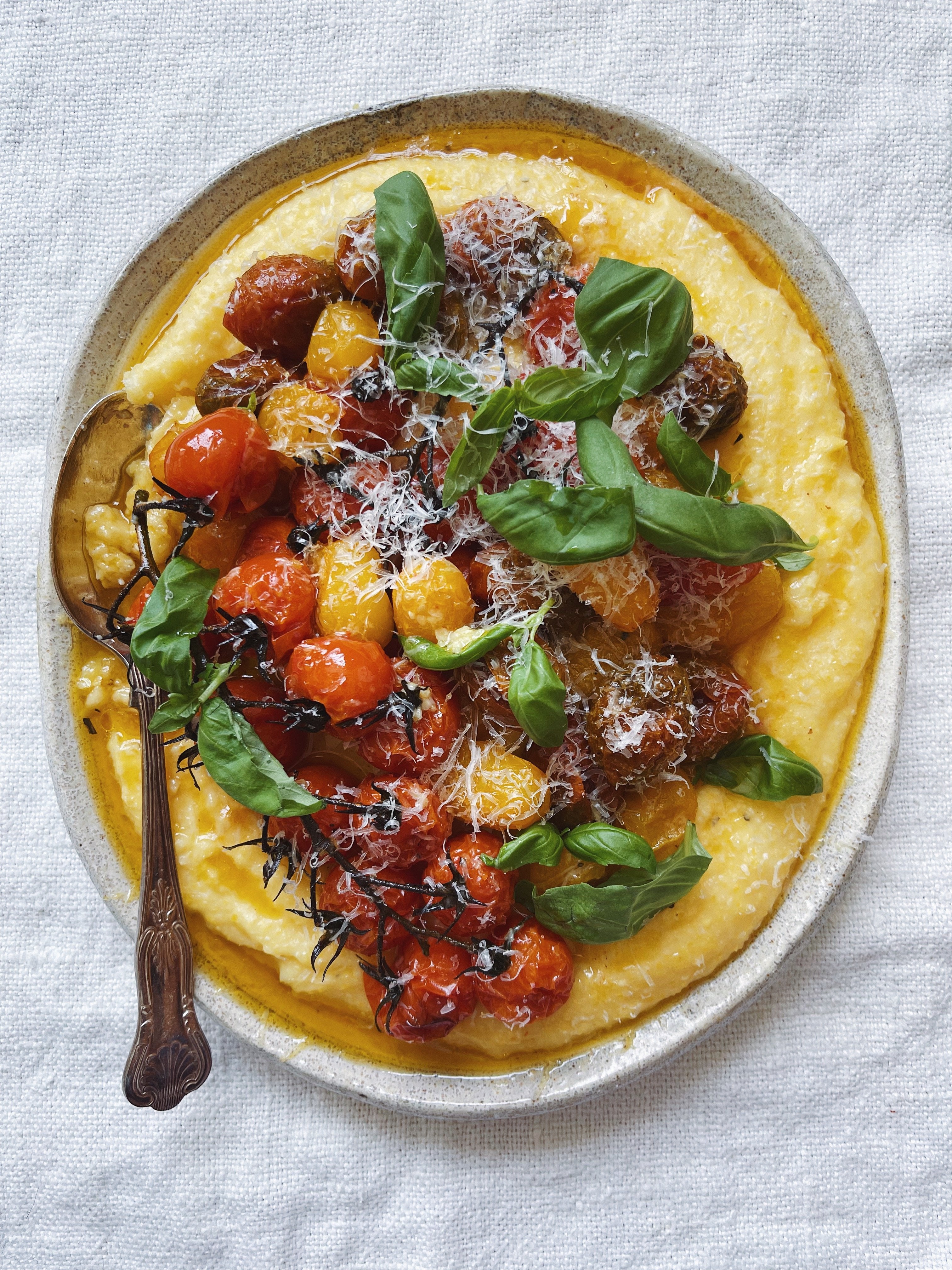[open type="rte"]

 [close type="images"] [open type="rte"]
[close type="images"] [open type="rte"]
Summer is finally here, so we are sharing the ultimate seasonal focaccia to celebrate: Peach and Za'atar Feta Focaccia by our friend Srishti Jain, a wonderful recipe developer based in San Francisco. Make the most of stone fruit season with this delicious, unexpected recipe.
"This recipe is perfect for summer and stone fruit season. The combination of toppings and ALIVE olive oil results in a sweet, tangy, and rich focaccia. This focaccia has a very bright flavor as a result of the ALIVE olive oil, fresh peach, and za’atar."
[close type="rte"] [open type="ingredients"] [ingredient product="false" text="6 cups bread flour (780g)"] [ingredient product="false" text="1 packet dry yeast (2 ¼ tsp, 7g)"] [ingredient product="false" text="3 cups warm water (680g)"] [ingredient product="true" handle="the-couplet" title="Brightland Honey" text="1 tbsp (20g) of PRODUCT"] [ingredient product="true" handle="alive" title="Brightland ALIVE olive oil" text="5 tbsp of PRODUCT"] [ingredient product="false" text="1 tbsp za’atar (10g)"] [ingredient product="false" text="8oz feta block"] [ingredient product="false" text="1 medium-large peach"] [ingredient product="false" text="Equipment includes: Half sheet pan, Large bowl, Kitchen scale or measuring cups, Rubber spatula, Parchment paper, Sharp knife, Cutting board"] [ingredient product="false" text="I recommend bread flour for this recipe because it lends a perfect, chewy texture to the focaccia. If you don’t have bread flour you can sub the same amount of all purpose flour -- I have done this many times and the result is still delicious. You can use one mixing bowl for the whole recipe!"] [close type="ingredients"] [open type="images" count="2"]
 [close type="images"] [open type="rte"]
[close type="images"] [open type="rte"]
"This approach to focaccia is simple -- it requires no stand mixer or special equipment. Ultimately it only needs about 20-30 minutes of hands on time, and the rest happens on its own!" -Srishti Jain[close type="rte"] [open type="instructions"] [instruction step="1" text="Add honey, ½ cup warm water, and yeast to a large mixing bowl. Mix lightly to dissolve the honey and yeast. Allow the yeast to bloom -- this takes about 5 minutes and you should see small bubbles in your mixture."] [instruction step="2" text="Add all of the bread flour, salt, and remaining 2 ½ cups water. Use rubber spatula to mix all the ingredients until no dry streaks of flour remain. The dough will seem wet and loose"] [instruction step="3" text="Add 2 tbsp of your Alive olive oil and use a spatula to coat your dough in the oil -- this will prevent it from sticking to your bowl."] [instruction step="4" text="Cover your bowl with plastic wrap or a kitchen towel and keep it in a warm spot."] [instruction step="5" text="Every hour for 3-4 hours, revisit your dough and perform a series of folds. To do this, dip your hand in water, and scoop dough from the bottom of the bowl and let it fall over the top of the dough. Do a quarter turn of your bowl and repeat this 3-4 more times. Cover your bowl again and return it to it’s warm spot. Note: These folds will strengthen your dough and encourage gluten development and tension. They are important to create your dough structure considering we are not doing any kneading in this recipe."] [instruction step="6" text="Your dough will rise for 3-4 hours on the counter, during which you’ll do 3-4 sets of folds (one an hour). You could also do a fridge rise for 8 hours-overnight. In this case, perform one round of folds before you put your dough in the fridge, and one round after taking it out."] [instruction step="7" text="After your first rise in the bowl is done, prep your baking sheet by covering the bottom in parchment paper and spreading 1 tbsp of Alive olive oil on the sheet. Turn your dough out onto the baking sheet and gently push it to the edges of the sheet. Your dough will likely spring back, which is fine as the dough will expand during its second rise. You want to prevent tears that will occur if you push the dough too aggressively."] [instruction step="8" text="Allow your dough to rise uncovered for at least 2 hours and up to 4 hours. To test if your dough is ready, poke the dough with your finger. If it springs back slowly and leaves a dent, it’s ready. If it springs back immediately, it needs to proof longer."] [instruction step="9" text="When your dough is ready, preheat your oven to 450 degrees F. Push your dough out to the corners of the baking sheet, then lightly oil your fingers and dimple your dough all over, like you’re playing a piano."] [instruction step="10" text="Thinly slice your peach and toss the slices with 1 tbsp of olive oil. Spread them evenly on your focaccia."] [instruction step="11" text="Cut your feta into cubes. Add to your mixing bowl with 1 tbsp olive oil and your za’atar. Toss to coat the feta fully in za’atar, then spread the cubes evenly on your focaccia."] [instruction step="12" text="Bake focaccia for 20-30 minutes, until golden-brown all over."] [instruction step="13" text="Allow your focaccia to cool, then cut and enjoy! I love to serve it with more olive oil + balsamic vinegar, or a green mint chutney."] [close type="instructions"]



























